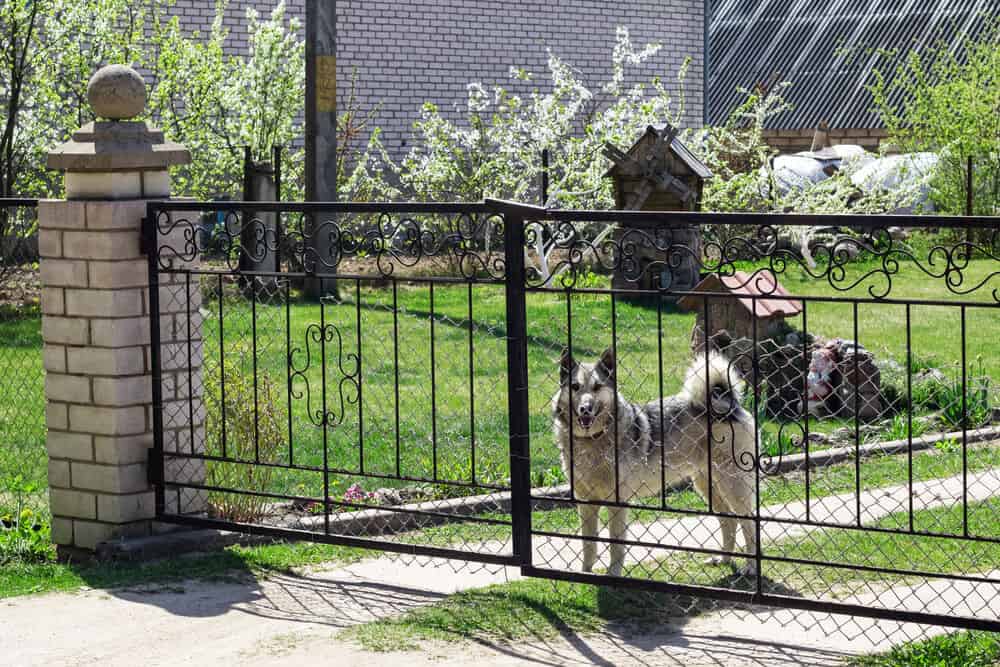What to Do in a Plumbing Emergency: 6 Steps to Follow
When your plumbing goes haywire, it can cause a lot of stress. Not only do you have to worry about the emergency at hand, but you may also be concerned about the cost of emergency plumbing repair in Alto. This blog post will give you six steps to follow in case of a plumbing emergency. This will help minimize the damage and keep costs down.
Turn off the water
This is the first and most important step. Find the main water shut-off valve for your home and turn it off if you can. This will stop water from flowing into your home, which will help minimize damage. If the emergency is caused by a burst pipe, you may be able to isolate that particular pipe by turning off the valve that supplies water to it. This will help prevent further damage to your home.
Call a plumber
Once you have the situation under control, it’s time to call a professional. Plumbers are trained to deal with emergencies and will be able to assess the situation quickly. They will also have the necessary tools and parts to fix the problem.
Follow their instructions
Once the plumber arrives, be sure to follow their instructions. They will likely need to access different parts of your home, so be sure to clear the way. They may also ask you to do certain things, such as turn off appliances that use water or move furniture out of the way.
Don’t use any affected appliances
If any of your appliances were turned off during the emergency, do not turn them back on until a plumber has checked them. This includes your washing machine, dishwasher, and dryer. Turning them on too soon could cause further damage.
Start cleanup
Once the repairs have been made, it’s time to start the cleanup. Oftentimes, water damage can cause mold or mildew to form. This is why it’s important to dry the affected area as soon as possible. If you have any furniture or belongings that have been damaged, you may be able to salvage them by cleaning and drying them off.
Prevent future problems
Once the emergency has been taken care of, it’s time to start thinking about prevention. There are a few things you can do to help prevent future plumbing problems. First, ensure you know where your main water shut-off valve is located. This will come in handy if you ever have another emergency. You should also consider getting your plumbing inspected by a professional every few years. This will help identify any potential problems before they become major emergencies.
By following these six steps, you can help minimize damage and keep costs down in a plumbing emergency. Contact your plumbing contractor in Alto today if you have any questions or would like to learn more about emergency plumbing services.






